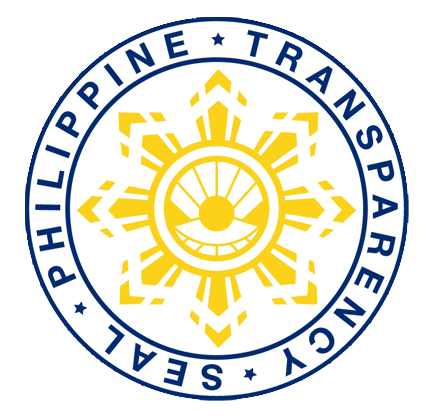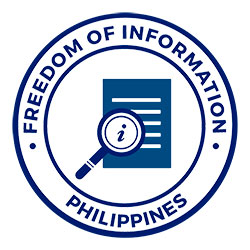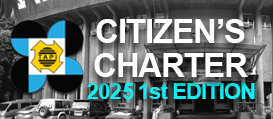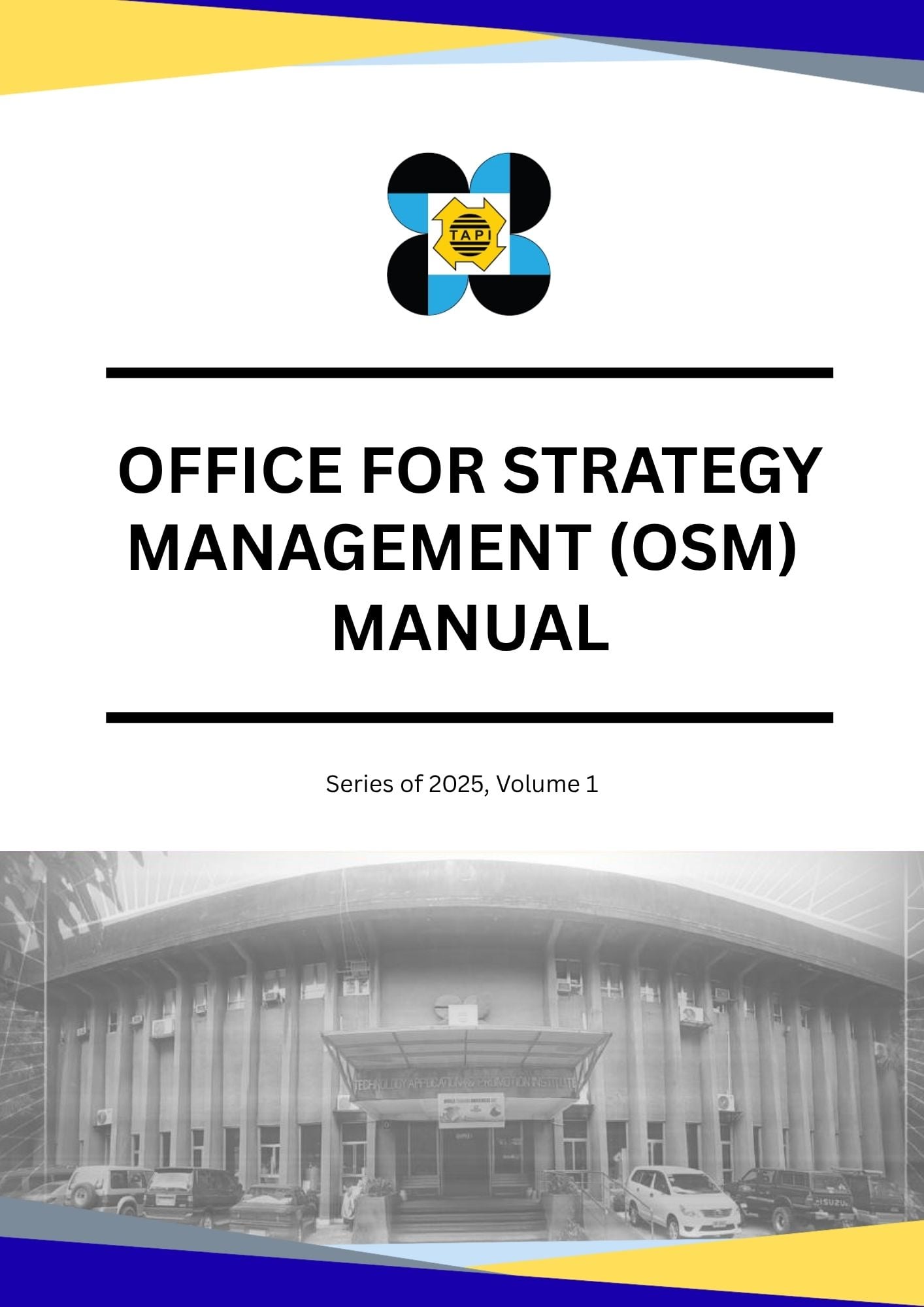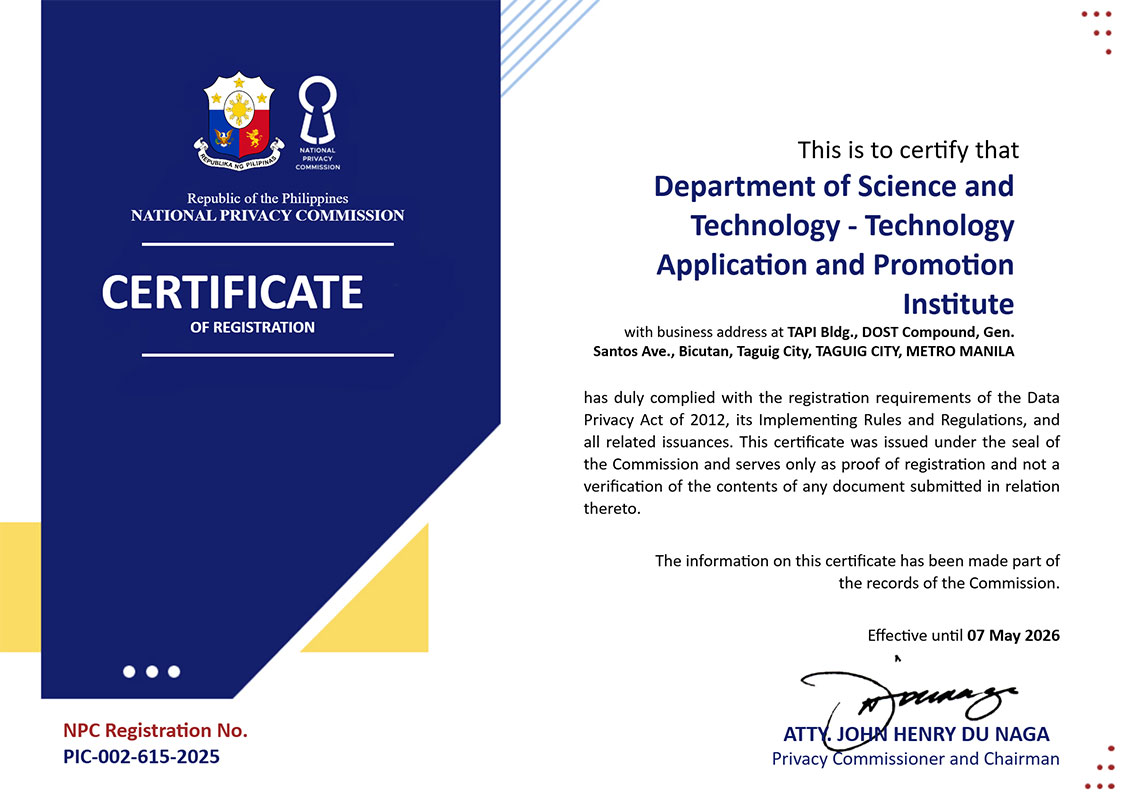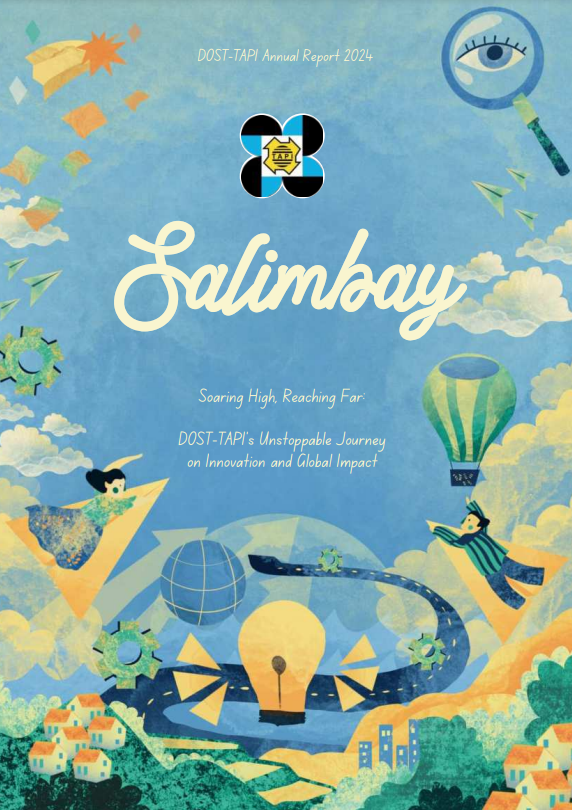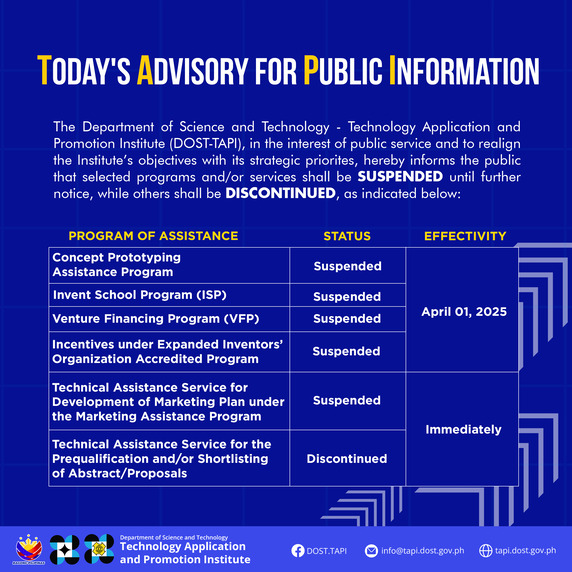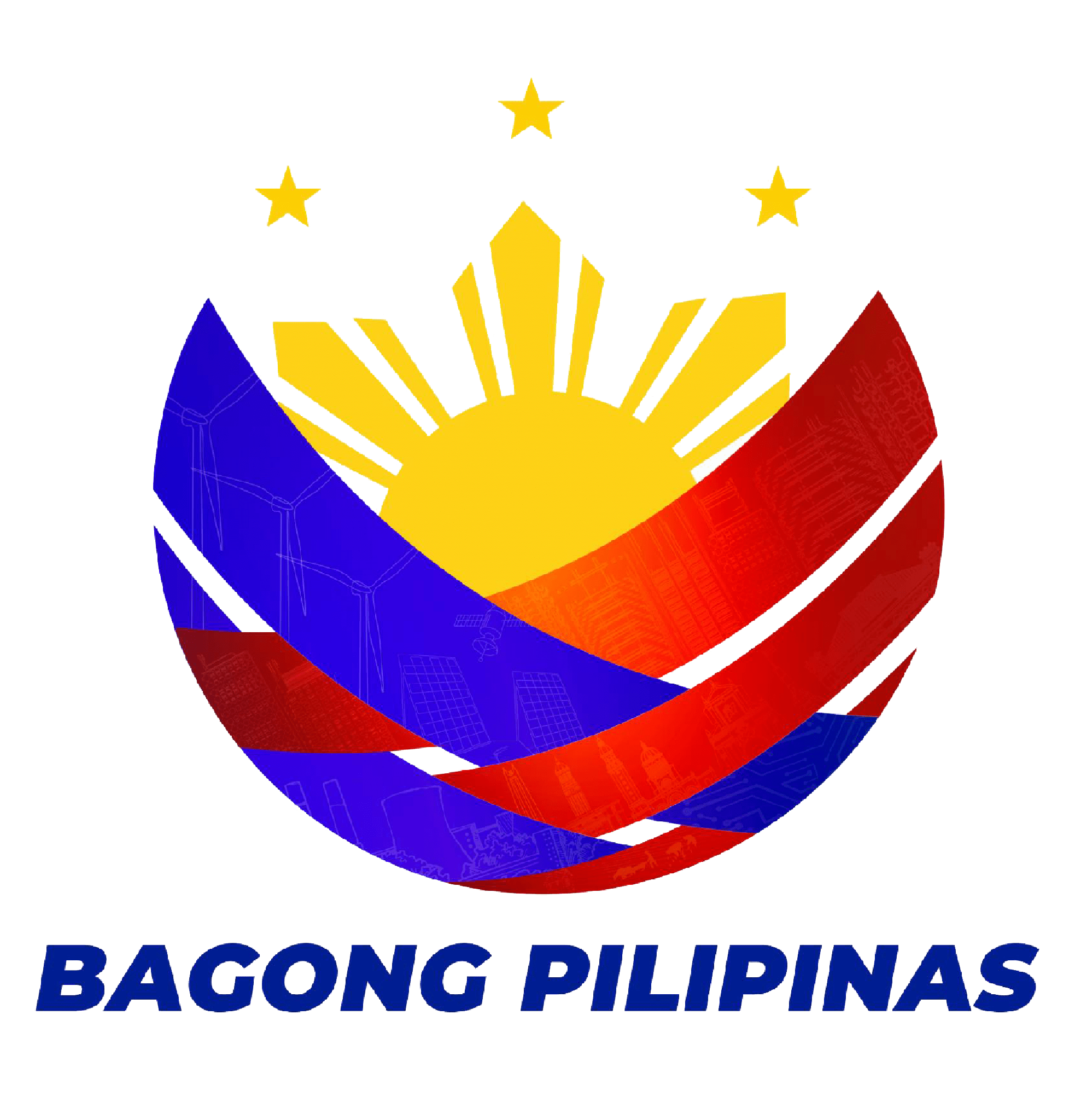By Heherson Valdez
IN PHOTO: DOST-PHIVOLCS’ HazardHunterPH
Baguio City, Philippines – As one of the most disaster-prone countries in the world, the Philippines remains highly vulnerable to natural hazards such as typhoons, earthquakes, floods, and landslides. According to the World Risk Report 2025, the Philippines ranked first out of 193 countries in terms of disaster risk exposure due to its geographic location along the Pacific Ring of Fire and the typhoon belt.
According to Philippine Institute of Volcanology and Seismology (DOST-PHIVOLCS), the country experiences an average of 20 earthquakes per day, with 100 to 150 of these being felt events per year. In addition, over 20 typhoons entering the Philippine Area of Responsibility annually and more than 2,000 seismic activities recorded each year by the Philippine Atmospheric, Geophysical and Astronomical Services Administration (DOST-PAGASA), the need for science-based disaster resilience is more urgent than ever.
In response, the Department of Science and Technology (DOST) led the Handa Pilipinas Luzon Leg 2025, a three-day regional exposition held from August 7 to 9, 2025, in Baguio City, under the national theme "HANDA Pilipinas sa Bagong Pilipinas: Innovations in Climate and Disaster Resilience Nationwide Exposition 2025" and sub-theme "Bida ang Handa: STI for a Smart and Resilient Luzon."
HANDA Pilipinas serves as a nationwide platform for showcasing science, technology, and innovation (STI) solutions tailored to address region-specific hazards and strengthen the disaster risk reduction and climate adaptation capacities of local communities.
Building Smarter, Safer Communities thru STI
Since its inaugural run in 2022, HANDA Pilipinas has evolved from a national exposition into a multi-leg regional event encompassing Luzon, Visayas, and Mindanao. The 2025 Luzon Leg gathered innovations from DOST-attached agencies, Research and Development Institutes (RDIs), State Universities and Colleges (SUCs), startups, and private inventors. It was organized through the joint efforts of DOST-CAR and DOST-TAPI, with the latter serving as the coordinating agency for the nationwide technology exhibits, facilitating the participation of the private sector and R&D institutions in the expo.
In his keynote address, DOST Secretary Renato U. Solidum, Jr. reaffirmed the Department’s commitment to making science and technology accessible and actionable for all. He emphasized how STI-based solutions must be integrated at every level of disaster preparedness and response to empower communities and strengthen nationwide resilience:
“Your Department of Science and Technology is here to ensure that science guides your action from early warnings to risk mapping, resilience planning and public education. That is the goal of HANDA Pilipinas, to provide you with knowledge, tools, and strategy to build individual and collective resilience .”
Tech Solutions Across the Four Pillars of DRRM
The technologies showcased during the Luzon Leg were organized across the four (4) thematic areas of the Disaster Risk Reduction and Management (DRRM) framework:
IN PHOTO: DOST-PHIVOLCS’ Mobile Earthquake Simulator
Prevention & Mitigation area includes technologies like Fire Testing Lab by Forest Products Research and Development Institute (DOST-FPRDI); Rapid Earthquake Damage Assessment System (REDAS), Intensity Meter, Mobile Earthquake Simulator, and GeoRiskPH by DOST-PHIVOLCS; and Early Warning System for Landslides in Benguet and Mountain Province by the Philippine Council for Agriculture, Aquatic and Natural Resources Research and Development (DOST-PCAARRD) and the Benguet State University, among others.
IN PHOTO: Ozone Dynamic Ventures' Portable Unihoused Water Purification And Sterilization Apparatus
On the other hand, Floating Solid Waste Collector System and Automatic Trash Rake by the Metals Industry Research and Development Center (DOST-MIRDC); AI4Mapping by DOST-ASTI; and the Universal Structural Health Evaluation and Recording System by USHER Technologies are some of the innovations featured in the preparedness area.
IN PHOTO: PNRI’s Radiation-Engineered Hemostatic Agents as Life Saving Devices (REHEAL)
Meanwhile, the response area showcases DRRM innovations like Radiation-Engineered Hemostatic Agents as Life Saving Devices (REHEAL) by the Philippine Nuclear Research Institute (DOST-PNRI); ABACA FIBER Reinforced Composite by the Industrial Technology Development Institute (DOST-ITDI); Meteorological Data Acquisition Stations for Information Dissemination (MASID) by DOST-ASTI.
IN PHOTO: DOST-FPRDI’s Silyang Pinoy
Under the recovery and rehabilitation phase, technologies like Modular Rainwater Collection Systems by DOST-ITDI; Silyang Pinoy (bamboo school furniture) by DOST-FPRDI; and Nuclear Analytical Techniques for Water Quality Assessment and Soil Monitoring after Severe Flooding by DOST-PNRI are also exhibited in the said expo.
Please check the program and the complete list of technologies exhibited here.
Interactive exhibits, breakout sessions, and reverse pitching activities allowed LGUs, DRRMOs, and the general public to explore these tools and integrate them into local preparedness and recovery strategies.
Visayas and Mindanao Legs Set for Handa Pilipinas 2025
Following the success of the Luzon Leg in Baguio City, the Department of Science and Technology (DOST) officially announced the upcoming legs of Handa Pilipinas 2025. The Mindanao Leg will be hosted by DOST Regional Office IX on September 23–25, 2025, in Zamboanga City, while the Visayas Leg will follow on October 27–29, 2025, to be hosted by DOST Regional Office VI and DOST-NIR in Bacolod City. These regional legs will spotlight localized innovations, technologies, and best practices in disaster resilience, building momentum toward a unified, science-powered national DRRM strategy.
HANDA Pilipinas was first launched by DOST in 2022 as a national expo to raise awareness of STI solutions for disaster risk reduction and management (DRRM) and climate resilience. However, the Department recognized the need to reach far-flung areas; thus, in 2023, the expo was divided into three legs representing the country’s three major island groups: Luzon, Visayas, and Mindanao. The expo aims to provide a platform for collaborative learning, capacity-building, and technology transfer. Since then, it has grown into a nationwide initiative, tackling localized risks through innovation and multi-sectoral engagement.
Stakeholders, LGUs, DRRMOs, MSMEs, and innovators are encouraged to participate in this year’s upcoming legs.
For more information and updates on the upcoming HANDA Pilipinas Visayas and Mindanao Legs, follow the official pages of DOST Philippines at https://www.facebook.com/DOSTph and DOST-TAPI at https://www.facebook.com/DOST.TAPI.

